Table of content
Baking bread is a timeless culinary art that transcends cultural boundaries and culinary traditions. From the rustic charm of a handcrafted loaf to the precise engineering of a modern bakery item, the process of transforming raw ingredients into a golden, fragrant loaf is both science and craftsmanship. Among the myriad factors that influence the final outcome—such as ingredient quality, mixing techniques, fermentation times, and oven temperatures—one critical aspect often overlooked by novice bakers is the baking duration. This article delves into the intricacies of how long it generally takes to bake bread, exploring the variables that can affect this timeline and offering practical insights for achieving perfect results.
Understanding the Basics: General Baking Durations
The question “How long does it take to bake bread?” does not have a one-size-fits-all answer. The baking time varies widely depending on the type of bread, its size, shape, and the desired level of doneness. However, as a general guideline, most standard loaves of yeast-raised bread baked at moderate oven temperatures (around 375°F or 190°C) require approximately 30 to 45 minutes in a preheated oven. This timeframe encompasses a wide range because it accounts for different recipes and personal preferences for crust color and interior texture.
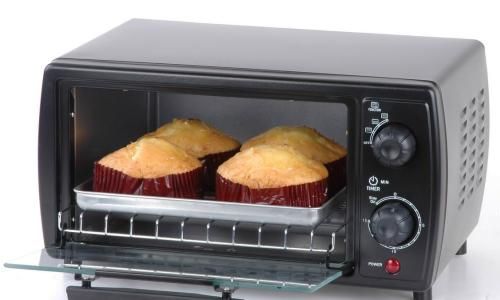
Factors Influencing Baking Time
-
Type of Bread: Different types of bread have distinct baking requirements. For instance, a classic French baguette, known for its crisp crust and airy interior, may bake in as little as 20-25 minutes due to its thin shape and high oven temperature. Conversely, a hearty whole-grain loaf, dense with seeds and grains, may need up to an hour or more to ensure thorough cooking and a well-developed crust.
-
Size and Shape: Larger loaves require more time to bake through to the center compared to smaller ones. Additionally, the shape of the bread affects heat distribution. Narrow, elongated loaves like baguettes bake faster than wide, flat loaves such as focaccia, which need more time for the heat to penetrate evenly.
-
Oven Temperature: Oven temperature is a crucial determinant of baking time. Higher temperatures accelerate the baking process, promoting a faster rise and browning of the crust. Lower temperatures extend the baking duration, allowing for a slower, more gentle cooking that can develop complex flavors but may risk over-drying the interior if not carefully monitored.
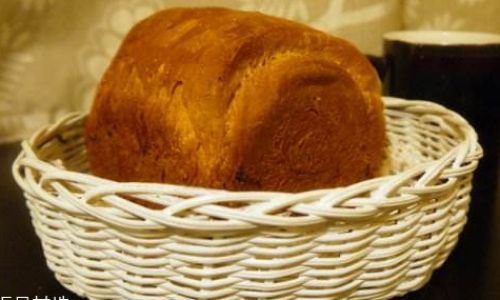
-
Dough Composition: The ingredients used and their proportions influence baking time. Dough enriched with milk, eggs, or butter tends to bake faster due to its higher moisture and fat content, which aids in heat conduction and retention. Conversely, lean doughs made primarily from flour, water, yeast, and salt may require longer baking to achieve the desired texture and color.
-
Desired Doneness: Personal preference for crust color and interior moisture levels also play a role. A lighter crust and a moist interior may indicate a shorter baking time, while a darker, crispier crust and a drier interior suggest a longer bake.
Practical Tips for Achieving Perfect Baking Results
-
Preheat the Oven: Always preheat your oven to the specified temperature before placing the bread inside. This ensures an immediate, even distribution of heat, promoting a uniform rise and crust formation.
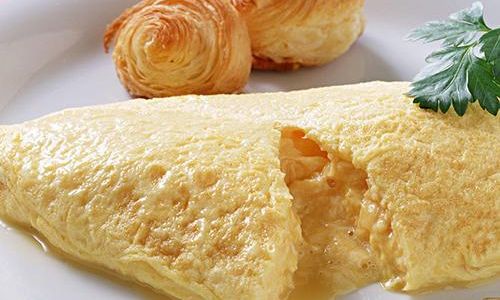
-
Use an Oven Thermometer: Oven temperatures can vary, even in modern appliances. Investing in an oven thermometer helps you accurately gauge the actual temperature inside, ensuring your bread bakes at the optimal level.
-
Steam the Oven: For crusty, artisan-style breads, creating steam in the oven during the initial stages of baking is beneficial. This can be achieved by placing a pan of boiling water on the bottom rack or using a steam-injected oven function, if available. Steam keeps the crust soft during the early stages of baking, allowing the dough to expand fully before setting and forming a crisp exterior.
-
Rotate the Loaves: Halfway through the baking process, rotate the loaves 180 degrees to ensure even baking. This helps counteract any hot spots in the oven, promoting uniform crust color and texture.
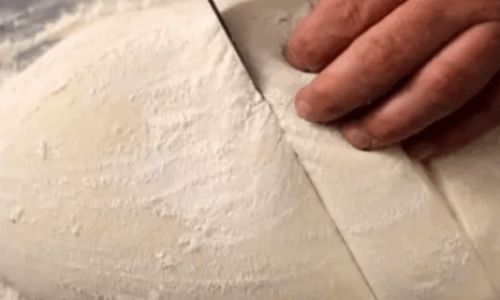
-
Check for Doneness: The best way to determine if bread is done is to use an instant-read thermometer. Insert it into the center of the loaf; for most breads, an internal temperature of around 200-210°F (93-99°C) indicates doneness. Additionally, tapping the bottom of the loaf should produce a hollow sound, and the crust should be golden brown and firm to the touch.
-
Cooling: Once baked, resist the urge to slice into your loaf immediately. Allow it to cool on a wire rack for at least 30 minutes to an hour. This step is crucial for setting the crumb structure and ensuring the bread slices cleanly without compressing the interior.
Experimenting and Refining Your Technique
Ultimately, the art of baking bread is a journey of experimentation and refinement. While general guidelines provide a starting point, understanding the nuances of your specific recipe, oven, and personal preferences will lead to the most satisfying results. Keep a baking journal to track your trials, noting changes in ingredients, temperatures, and times. Over time, you’ll develop an intuitive sense of when your bread is perfectly baked, transforming the process from a chore into a delightful ritual.
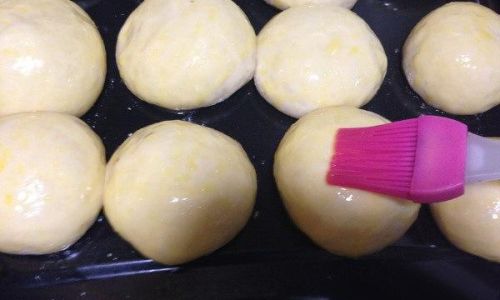
In conclusion, the question of how long to bake bread is as complex as it is fundamental to the baking process. By embracing the variables and refining your technique through practice, you’ll unlock the secrets to crafting loaves that are not only visually appealing but also delightfully flavorful and texturally satisfying. Whether you’re a seasoned baker or just starting your journey, the pursuit of perfect bread baking is a rewarding endeavor that enriches the kitchen and the soul.


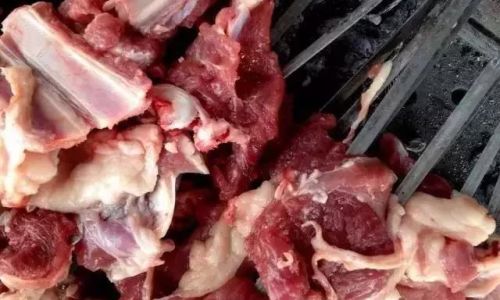


0 comments